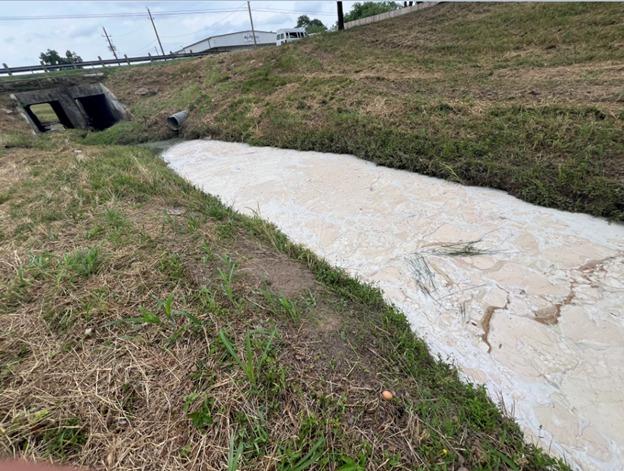A 34-year-old man from Minneapolis, Alexander Lee Demko, has been fined $540 and also banned from all US National Parks for one year. He had allegedly climbed into an ancient cave in Joshua Tree National Park. Later, he was proven guilty for misadventure on multiple counts such as illegally entering, climbing, walking on, and traversing the Barker Dam Petroglyphs site, which is also an archeological hotspot in the park.
Numerous visitors hike and explore the Barker Dam Trail route that takes them on a 1.2-mile loop around some of the park’s scenic rock formations. The ancient petroglyphs carved into the rock can be found on the southern end of the trail. These petroglyphs provide insight into ancient human settlements in the area. The supposedly 600 year old Barker Dam Petroglyphs site is an indigenous space that contains rock carvings and drawings. Anyone visiting are warned not to climb into the cave, which is clearly marked by a plaque and sign.
The evidence brought in the case shows Demko illegally entering the rock shelter and later walking over other features, including indigenous milling station. A movie crew had supposedly painted the petroglyphs red in the 1960s to make them stand out on film. The National Park Service (NPS) is avoiding any kind of further wear tear at the site, and hence restricted the access to the indigenous space.
- 57 wind blades turn car park façade in Europe’s first turbine-built facility
- Building a Healthier Narrative
- Australia Bushfire Emergency: 36 Active Blazes, Bulahdelah Tops 1,000ha as Heatwave Forces Highway Closures
- Dubai Ranked #4 Most Polluted Globally As AQI Hits 190+ In 2025 Smog Spike
- Thane Dust Crisis Rises as 73 Violations Emerge and MSRDC Says “Contractors Will Soon Be Instructed”
The court was presented with evidence suggesting Demko ignored a clearly posted sign to walk into the cave and as well as walking over other features, including a indigenous milling station. Anyone accessing the space can miss the rock art, so visitors are strictly advised to refrain from stepping on, climbing on, or even touching any part of the rock formation. Visitors are advised to view the rock art from a distance at the site.

















